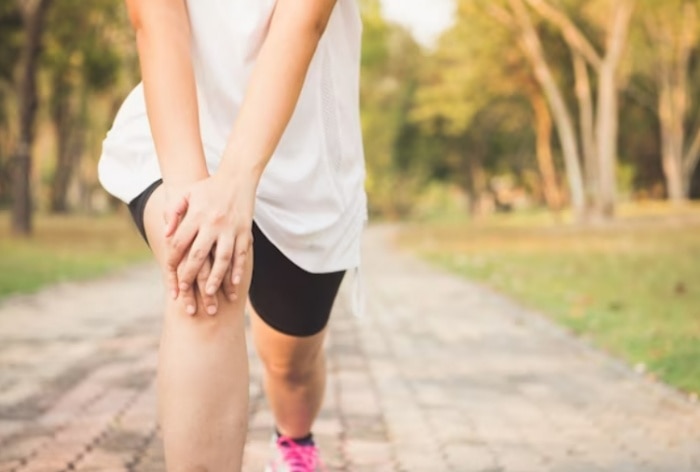Arthritis Pain: The severity of joint injury varies from person to person, and as a result, so may the symptoms. Here’s what you need to keep in mind before running with that knee pain:
Osteoarthritis: Running is an excellent aerobic activity. It enhances the condition of your heart and lungs, aids in weight management, strengthens your muscles, and creates denser bones. Some medical professionals advise against running for persons who have arthritis in the weight-bearing joints since it is a high-impact activity. However, it might also be advantageous for your joints: Running often compresses and releases the cartilage in your knees and aids in the circulation of synovial fluid, which nourishes and carries oxygen to your joints while also removing waste particles that cause inflammation.
RUNNING WITH ARTHRITIS: DOS AND DON’TS
Joint pain, stiffness, and inflammation are typical complaints among people and may signify the existence of arthritis. Osteoarthritis is the most common kind of arthritis, but it also includes conditions like gout, rheumatoid arthritis, fibromyalgia, and more. One has to switch to gentler types of exercise like swimming and yoga if jogging routinely results in considerable discomfort, oedema, or joint instability.
- Don’t Strain: Start with a decent warm-up, ease into walking, and then gradually increase the length and pace of your runs. Give your body time to adjust to the force and strain on your joints.
- Right Footwear: What you put on your feet matters a lot when it comes to controlling OA knee pain. Although purchasing shoes online is handy, you can benefit from seeing a running shoe expert who can assess your stride and offer recommendations.
- Move More: Exercise is essential for everyone, but it’s crucial for arthritis sufferers in particular. Moving more easily and with more power comes from exercise. Joint discomfort is lessened and fatigue is fought by exercise.
- Stretch: Warm up and cool down! Stretch important muscle groups including your quadriceps, and hamstrings. Additionally, stretch your hands, wrists, back, shoulders, and arms. Maintain a neutral wrist posture when stretching with a rail.
- Check Your Diet: Meat, fish, dairy products, nuts, and legumes are good sources of protein, which your muscles need to develop and heal. Eat a lot of fruits, vegetables, and whole grains while limiting items heavy in sugar and fat. Maintaining proper hydration is very important.
A strategy to reduce risks and injuries can be provided before beginning a running regimen by consulting a doctor who is familiar with the patient’s condition.
Published Date: August 30, 2023 5:35 PM IST
–>
–>


